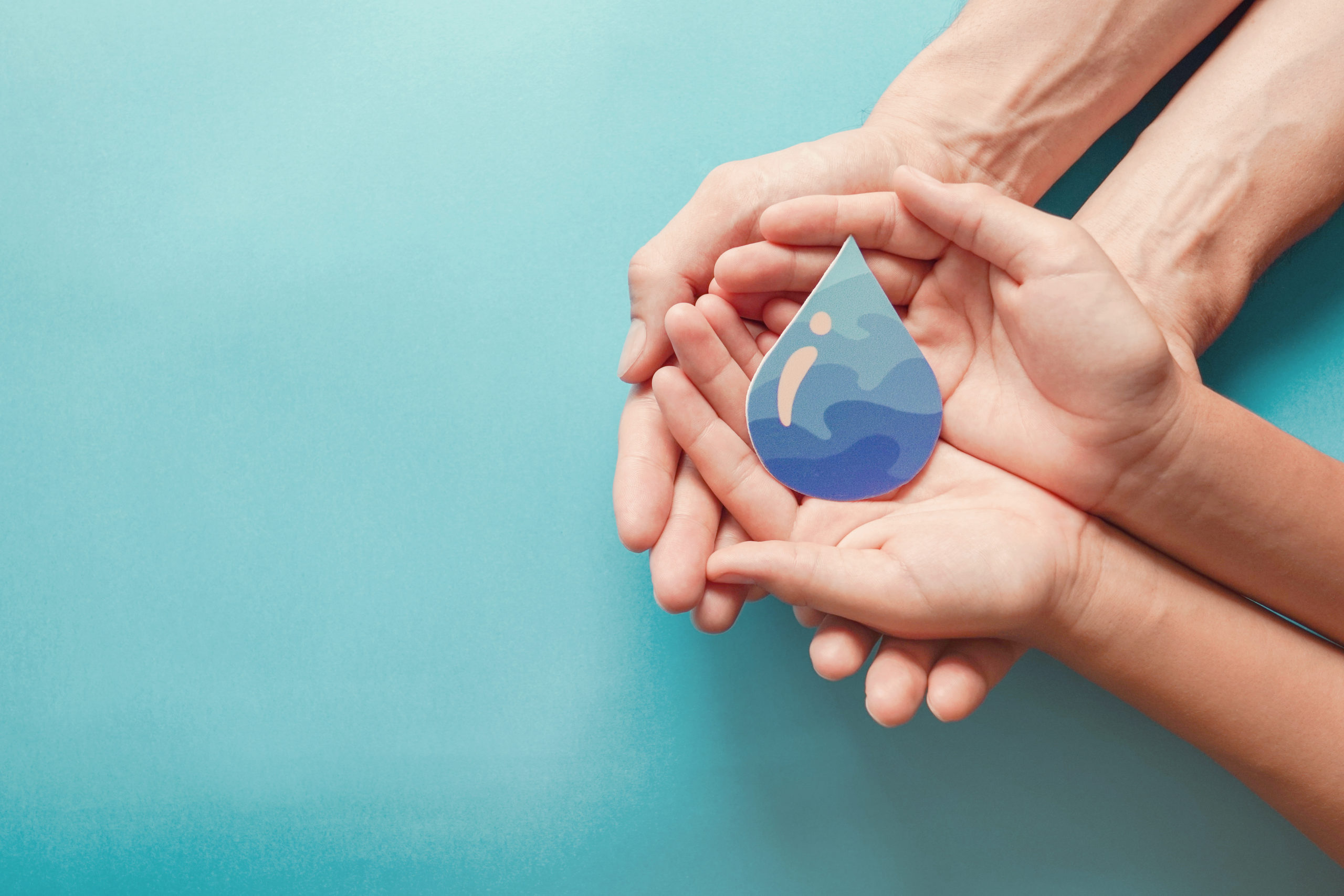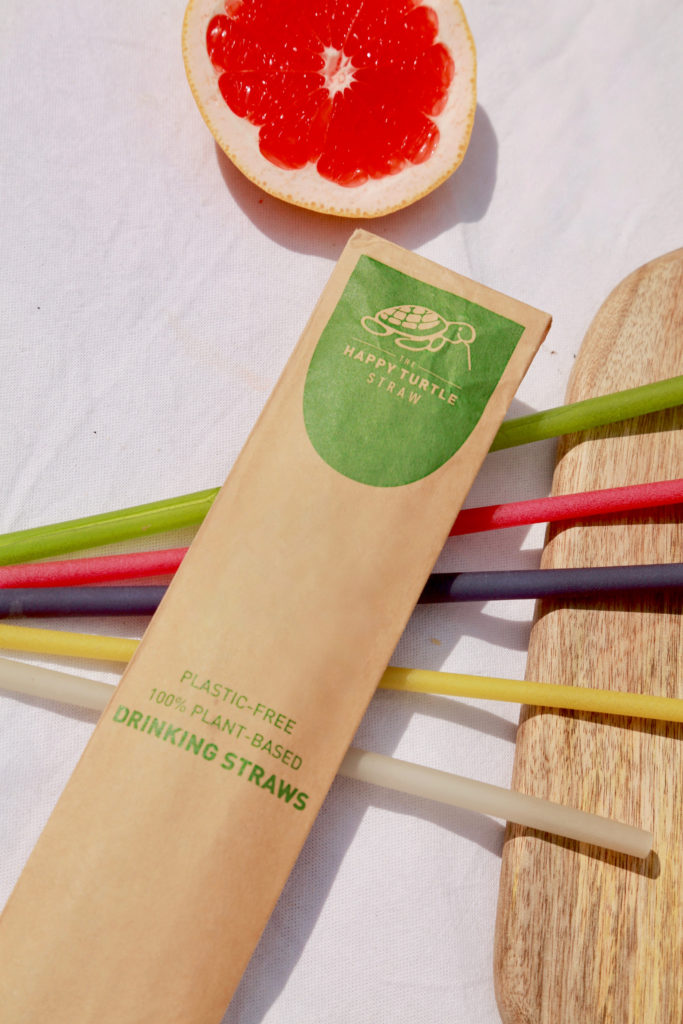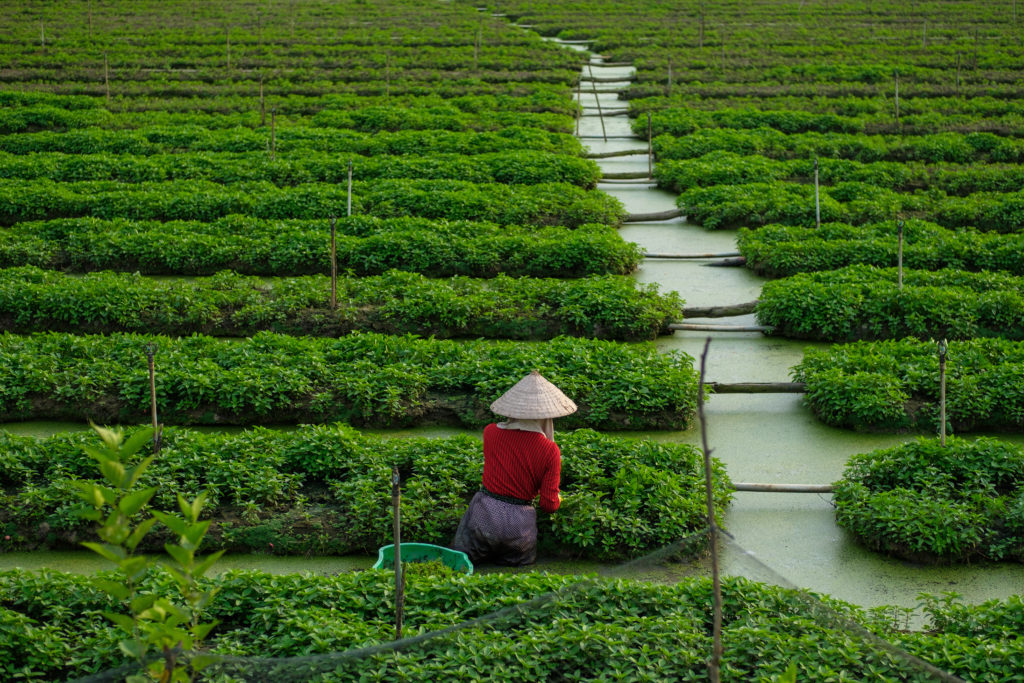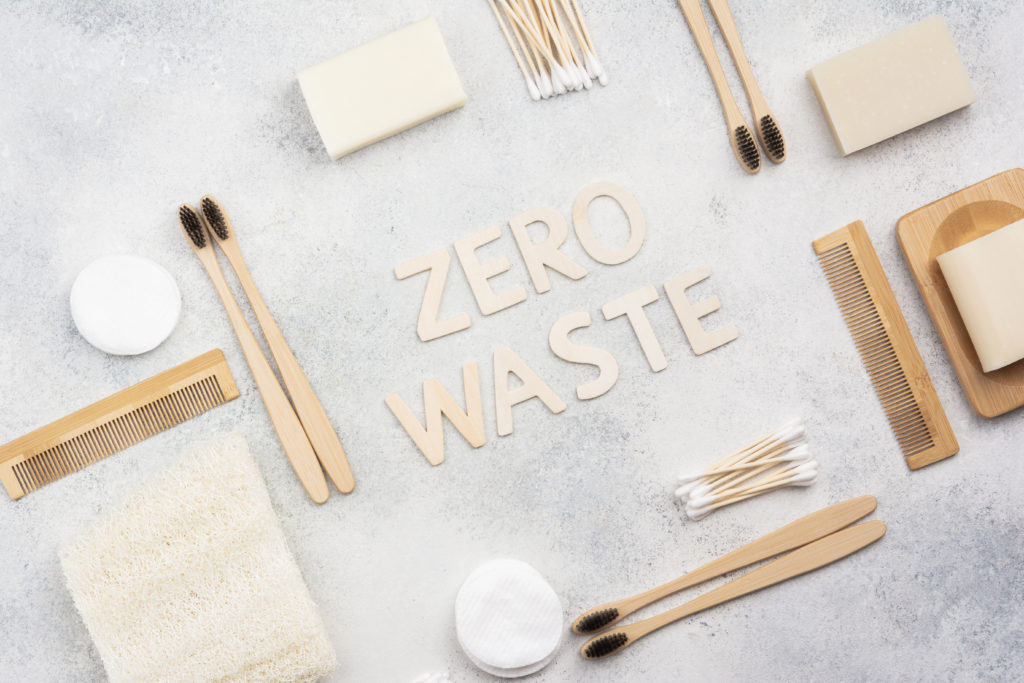
As plastic waste continues to accumulate in our waterways and oceans at an alarming rate, it is important that we look towards innovative ideas and effective solutions that are readily available.
Large scale and small scale inventions are working towards reducing water pollution and cleaning our oceans. This includes mechanised cleaning solutions for restoring water bodies, mechanised beach cleaning and road sweeping, trash barrier installation to reduce waste flowing from rivers to the ocean, even the clean up of the Great Pacific Garbage Patch via a large-scale system; called Jenny!
While it is impressive that we have new technology, the root cause of water pollution is still a major problem around the world. We can not rely on machines to clean the oceans; instead, we need to prevent it from happening in the first place. The good news is we can start from the comfort of our own home.
Here are five innovative ideas that directly work to reduce water pollution
-
Biodegradable Drinking Straws
A significant contributor to single-use plastic and water pollution comes in our food and beverage packaging. How we depend on food packaging in our daily lives and the industries that produce it has now placed an enormous burden on fragile ecosystems; especially our oceans.
Today, there is simply too much plastic packaging for waste and recycling systems to manage. The Center for International Environment Law indicates that packaging accounts for 40% of the global demand for plastics.
Let’s look at some of the innovative packaging solutions that brands can use to replace single-use plastic. Each step taken towards a sustainable solution helps reduce water pollution and brings us closer to an eco-friendly lifestyle.
BIODEGRADABLE STRAWS
- Plastic straws are a single-use product used on average for 5 – 20 minutes before being discarded.
- Plastic straws remain one of the top 10 contributors to plastic marine debris across the globe.
- Biodegradable straws are readily available as a sustainable solution to plastic straws.
The Happy Turtle Straw is a fantastic, affordable and sustainable alternative to the millions of plastic straws that pollute our waterways and injure wildlife.
The Happy Turtle Straws do not contain any chemicals as they are 100% naturally made with potatoes, rice and tapioca flour. Each straw is biodegradable, safe for marine life, and will decompose in the ocean within 90 days. Additionally, The Happy Turtle packaging has been designed 100% in recycled kraft material and does not contain any glue.

By comparison, the average plastic straw can take more than 300 years to break down resulting in the distribution of harmful microplastics.
-
COOKING OIL POWDER
- You should not pour used cooking oil down the drain; this is a widely unknown environmental issue.
- Used cooking oil is a health hazard and is one of the most commonly reported form of water pollution.
- When used cooking oil meets the water, aquatic life may suffer and die as the oil does not instantly degrade forming an oil slick that is hazardous.
- When oil is disposed of via household drainage systems such as the kitchen sink, it makes its way into local water sources and reduces oxygen levels. In turn, the reduced oxygen supply in the water has a negative impact on marine life and sea birds.
An eco-friendly alternative is to simply change the liquid cooking oil into solid organic waste.
After you have finished with your cooking oil, simply add the powder to the liquid and wait for the oil to absorb.
This is a fantastic way to reduce one of the main causes of water pollution and can make a big difference to your home and commercial waste production.
-
MICROPLASTIC LAUNDRY FILTERS
- Over 35% of the microfibers in the ocean come from our washing machines. Microfibre pollution is a major threat to the environment.
- Clothing breaks down each time we wash it and the microplastic pieces shed from our clothes and flow into the waterways.
- Sewage and wastewater contain high levels of microplastics with microfibres from clothes being a significant contributor.
- Each washing cycle may release over 700,000 microscopic plastic fibres into the environment.
A microfibre laundry filter attaches to your home washing machine ensuring synthetic microfibres are kept out of the oceans. This is a large-scale issue yet it is relatively easy to solve with one simple step.
Installing the filter is a smart, efficient and cost-effective solution that effectively works to instantly reduce water pollution.
-
Green Agriculture To Reduce Contamination
- Agriculture is a primary cause of water pollution. The runoff from the farms is the main reason why water bodies are polluted.
- Agrochemicals, organic matter, pesticides, fertiliser, sediments and saline drainage is dumped into waterways each year from agricultural farming.
- Nitrates and phosphates in the fertilizers are the main contribution of pollution to water from agricultural run off.
To reduce pollution levels and manage excessive waste from farms, there are a number of new innovations in farming that have been making a positive impact such as hydroponic farming. This is a process that replaces soil with nutrient-rich water. Reusing wastewater is another solution that is being used for agricultural irrigation. By removing the majority of contaminants through sustainable filtering of the water, it is safe to be reused on the crops.

Finally, spraying crops with organic pesticide is a significant way to reduce water pollution. Organic farming practices are less harmful for the environment and release less nitrogen pollution into the environment when compared to conventional farming techniques.
-
Plastic-Free Cosmetics
One of the best ways to reduce single-use plastic and water pollution is to make the switch to plastic-free cosmetics also known as naked packaging.
The good news is there are multiple ways you can start to reduce the use of plastic packaging in your bathroom due to the innovation of packing free cosmetics and hygiene products.
- Start by shopping for plastic-free bar soaps, shampoo bars, and conditioning bars that can be placed in a reusable tin.
- Toothpaste now comes in tablet form that turn into a paste when mixed with water reducing the need for wasteful plastic toothpaste tubes.
- Pair this with a sustainable bamboo toothbrush that is biodegradable. Furthermore, many stores now offer refill stations for products such as body wash, hand soap and moisturiser.
- If you must, select a product with packaging alternatives to single-use plastic such as glass jars, recycled paper boxes or packets that are compostable.

Conclusion
As always, prevention is better than cure. Though we now have reached a point where large-scale innovations are needed to clean the oceans, the key is to prevent the water pollution at the source.
Reducing our dependence on single-use plastic items such as packaging, being mindful of our plastic waste at home and supporting brands who are embracing sustainable initiatives is a great place to start.
Which solutions will you start in making the swap today?
References:
https://www.forbes.com/sites/larrylight/2021/01/04/2021-the-year-of-the-package/
https://www.tendringdc.gov.uk/business/licensing-legislation/food/waste-cooking-oil
https://www.conserve-energy-future.com/how-farmers-contribute-water-pollution.php
https://www.fooddive.com/news/study-organic-farming-reduces-nitrogen-pollution/519777/




